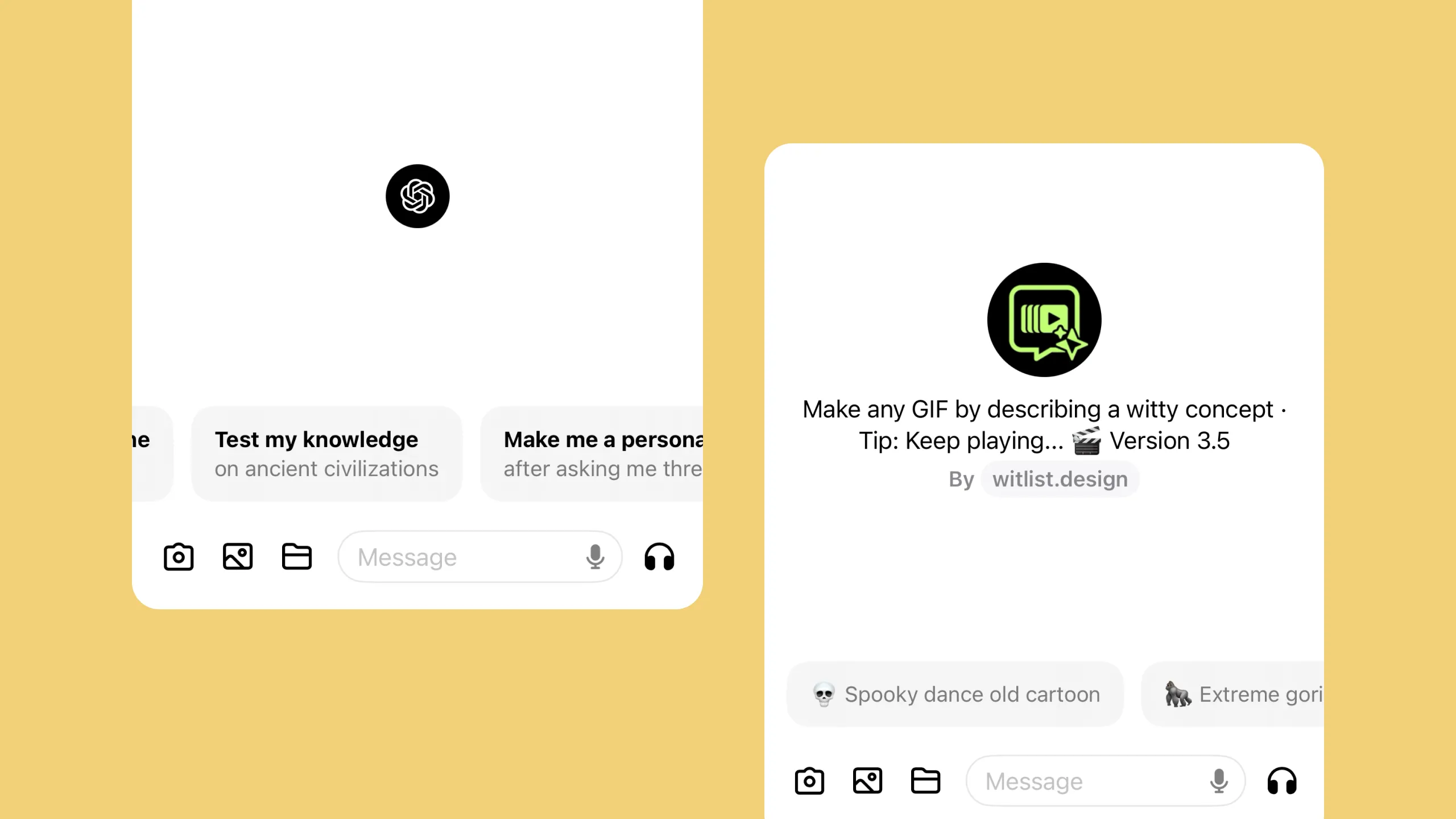Language as a tangible material
Textual information often misses intuitive cues for understanding relationships between ideas. AI can clarify these connections, making complex information easier to grasp quickly.


When dealing with text, I want to make relationships and patterns tangible and accessible, so I can intuitively understand and interact with the information.


- The Limitations of Text-Based Interaction: Text is an inhumane way to interact with information. Physical materials are full of rich texture and detail that guide their use.
- The Richness of Physical Materials: Physical materials have rich textures and details that intuitively guide how they can be used and manipulated, digital experiences are sometimes lacking this.
- Enhancing Digital Experiences: It would be beneficial to make interacting with information more tangible and visual to provide ways to interact and explore information in new ways.

More of the Witlist

Starting with a blank canvas can be intimidating, but providing prompt starters can help individuals overcome this initial hurdle and jumpstart their creativity.

Spatial prompting integrates spatial relationships into prompts, offering a novel approach to manipulate concepts. This dynamic approach can lead to more intuitive and creative outcomes.

Generating multiple outputs and iteratively using selected ones as new inputs helps people uncover ideas and solutions, even without clear direction.

Embedding models can rank data based on semantic meaning, evaluating each individual segment on a spectrum to show its relevance throughout the artifact.

AI excels at classifying vast amounts of content, presenting an opportunity for new, more fluid filter interfaces tailored to the content.

Referencing nested data from your database in the form of tags can simplify the creation of elaborate prompt formulas.